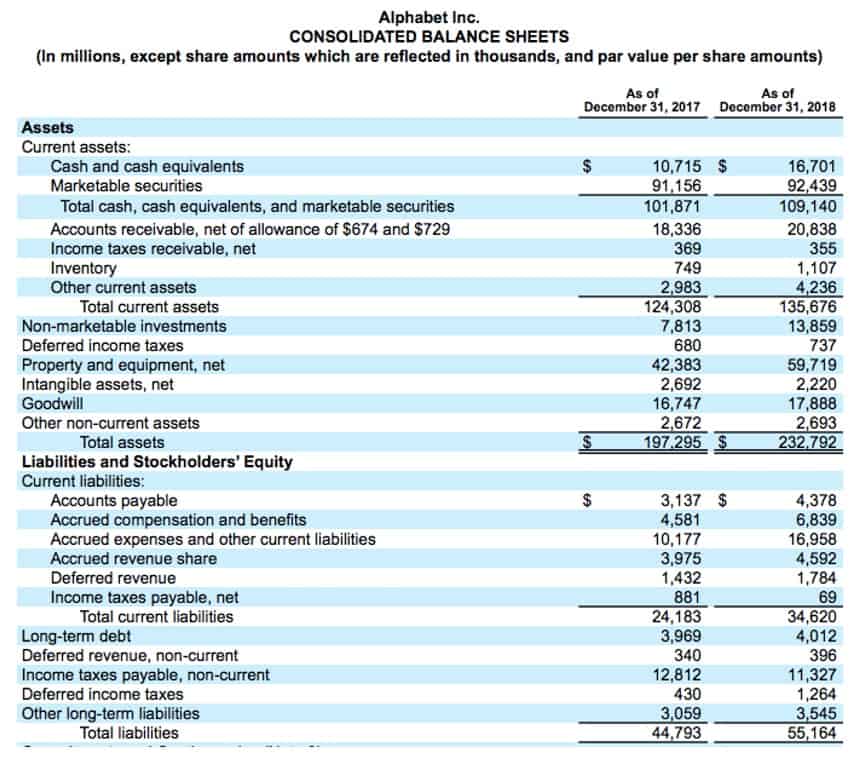
The only difference between a straight-line depreciation and a double declining depreciation is the rate at which the depreciation happens. The straight-line method remains constant throughout the useful life of the asset, while the double declining method is highest on the early years and lower in the latter years. Understanding the tools available for double declining balance depreciation can greatly enhance your financial management skills. By utilizing calculators, templates, and educational resources, you can make informed decisions that benefit your business. However, the company needs to use the salvage value in order to limit the total depreciation the company charges to the income statements. In other words, the depreciation in the declining balance method will stop when the net book value of the fixed asset equals the salvage value.

Slavery Statement
We take monthly bookkeeping off your plate and deliver you your financial statements by the 15th or 20th of each month. In many countries, the Double Declining Balance Method is accepted for tax purposes. However, it is crucial to note that tax regulations can vary from one jurisdiction to another. Therefore, businesses should verify the specific tax rules and regulations in their region and consult with tax experts to ensure compliance. Yes, it is possible to switch from the Double Declining Balance Method to another depreciation method, but there are specific considerations to keep in mind.
What is the Average Cost of Tax Preparation by a CPA?
- Indicate whether or not you want a printable depreciation schedule included in the results.
- It’s important to accurately estimate the useful life to ensure proper financial reporting.
- Imagine a company purchases a machine for $50,000 with an estimated useful life of 5 years and no salvage value.
- Depreciation is a crucial concept in business accounting, representing the gradual loss of value in an asset over time.
- The machine is expected to have a $1,000 salvage value at the end of its useful life.
- A double-declining balance depreciation method is an accelerated depreciation method that can be used to depreciate the asset’s value over the useful life.
- Assets are usually more productive when they are new, and their productivity declines gradually due to wear and tear and technological obsolescence.
This method calculates depreciation based on the exact month an asset is placed into service, which can be beneficial for businesses with significant asset turnover. Accruing tax liabilities in accounting involves recognizing and recording taxes that a company owes but has not yet paid. Multiply the straight line depreciation rate by 2 to get the double declining depreciation rate.
Key Takeaways: Navigating Double Declining Balance Depreciation

Through this example, we can see how the DDB method allocates a larger depreciation expense in the early years and gradually reduces it over the asset’s useful life. This approach matches the higher usage and faster depreciation of the car in its initial years, providing a more accurate reflection of its value on the company’s financial statements. The double declining balance method calculates depreciation by applying a constant rate to an asset’s declining book value. First, the straight-line depreciation rate is determined by dividing 100% by the asset’s useful life. For example, an asset with a five-year useful life has a straight-line rate of 20%.

Where DBD is the declining-balance depreciation expense for the period, A is the accelerator, C is the cost and AD is the accumulated depreciation. Suppose you purchase an asset for your business for $575,000 and you expect it to have a life of 10 years with a final salvage value of $5,000. You also want less than 200% of the straight-line depreciation (double-declining) at 150% or a factor of 1.5. In summary, the Double Declining Balance method is ideal for assets that lose value quickly and for businesses looking to manage their tax liabilities effectively. Continuing with the same numbers as the example above, in year 1 the company Accounting for Marketing Agencies would have depreciation of $480,000 under the accelerated approach, but only $240,000 under the normal declining balance approach. Using the steps outlined above, let’s walk through an example of how to build a table that calculates the full depreciation schedule over the life of the asset.
- We have helped accounting teams from around the globe with month-end closing, reconciliations, journal entry management, intercompany accounting, and financial reporting.
- Partial-year adjustments aim to match depreciation expenses more precisely with the periods during which the asset was in use, offering a more accurate depiction of financial performance.
- Under the straight-line method, the 10-year life means the asset’s annual depreciation will be 10% of the asset’s cost.
- For the second year of depreciation, you’ll be plugging a book value of $18,000 into the formula, rather than one of $30,000.
- (You can multiply it by 100 to see it as a percentage.) This is also called the straight line depreciation rate—the percentage of an asset you depreciate each year if you use the straight line method.
- In this comprehensive guide, we will explore the Double Declining Balance Method, its formula, examples, applications, and its comparison with other depreciation methods.
If the selected year is either the first or final year, the depreciation expense will be prorated based on what month of the year the asset was placed in service. This is the double declining rate used by the calculator for the selected year. If the selected year is either the first or final year, the percentage will be prorated based on what month of the year the asset was placed in service. Depreciation is a complicated business and I hope my tutorials give you a good grasp as to how assets are expensed in the accounting system. But I do recommend working with your CPA or financial advisor to set-up depreciation schedules for any new assets your business may acquire. The chart also shows which depreciation method was used to calculate the depreciation expense, and the book value of the asset each year.
Calculator Title:
- They have estimated the machine’s useful life to be eight years, with a salvage value of $ 11,000.
- While I do research each calculator’s subject prior to creating and upgrading them, because I don’t work in those fields on a regular basis, I eventually forget what I learned during my research.
- The carrying value of an asset decreases more quickly in its earlier years under the straight line depreciation compared to the double-declining method.
- To record the depreciation expense each year for this asset, we enter a journal entry that debits Depreciation Expense $4,000 and credits Accumulated Depreciation $4,000.
The double declining balance method double-declining balance method accelerates the depreciation taken at the beginning of an asset’s useful life. Because of this, it more accurately reflects the true value of an asset that loses value quickly. When you drive a brand-new vehicle off the lot at the dealership, its value decreases considerably in the first few years. Toward the end of its useful life, the vehicle loses a smaller percentage of its value every year. Double-declining depreciation, or accelerated depreciation, is a depreciation method whereby more of an asset’s cost is depreciated (written-off) in the early years and less in subsequent years as the asset ages. Depreciation is a crucial concept in business accounting, representing the gradual loss of value in an asset over time.

Note that the double declining balance method ignores the salvage value for as long the book value remains higher than the salvage value. The DDB method contrasts sharply with the straight-line method, where the depreciation expense is evenly spread over the asset’s useful life. The choice between these methods depends on the nature of the asset and the company’s financial strategies. DDB is preferable for QuickBooks assets that lose their value quickly, while the straight-line method is more suited for assets with a steady rate of depreciation. All assets decline in value over time and may need considerable amount of maintenance costs to keep assets in a fair use in later years. Any additional maintenance costs would be deductions from a company’s reported profits.
